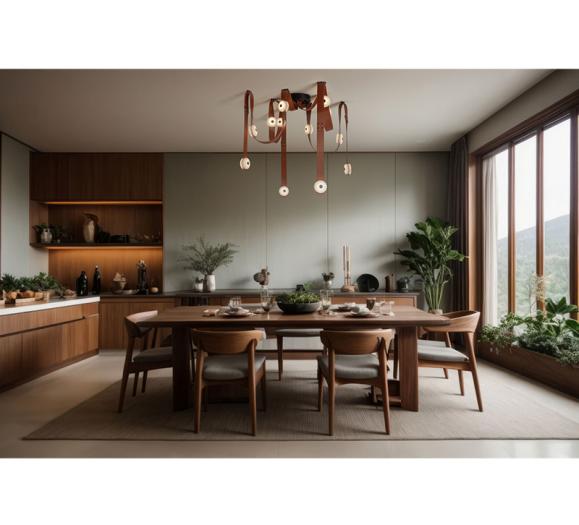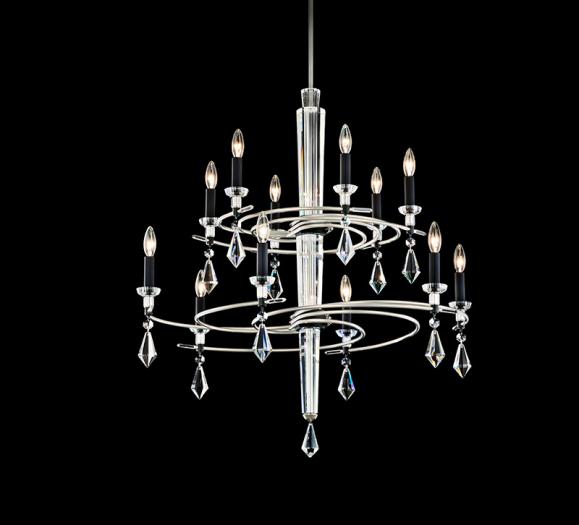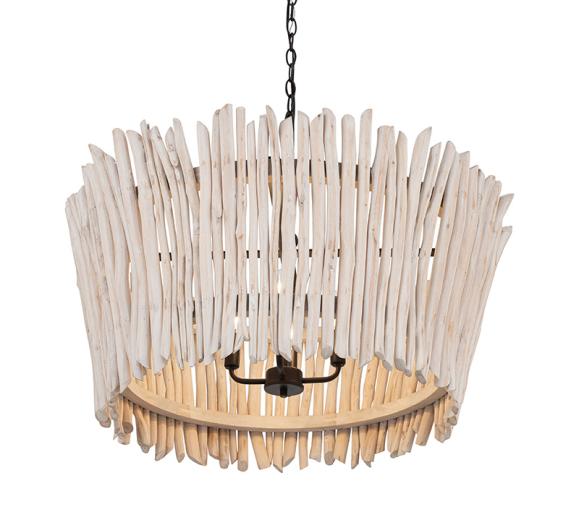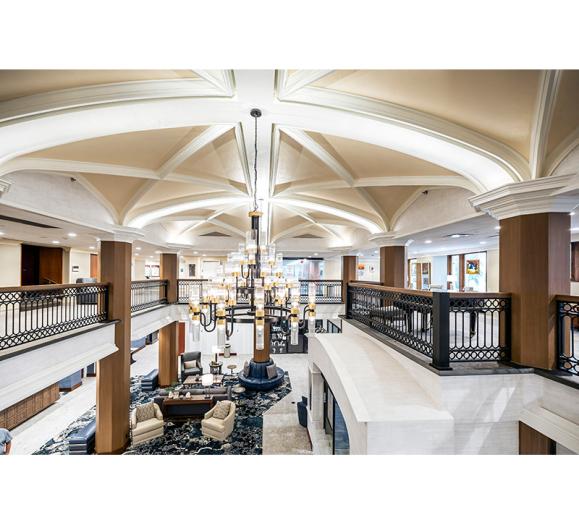Amazon announced this week a new private furniture collection: Ravenna Home. This marks the third private furniture collection for Amazon, joining Mid-Century Rivet and "casual comfort" Stone & Beam, and furniture and lighting retailers should be taking notice.
Here what's you need to know about Ravenna Home, Amazon brand furniture, and how to think about the future of online furniture sales.
What retailers need to know about Amazon brand furniture
Ravenna Home currently includes 60 products ranging from sofas to lighting to headboards. The style with this collection leans in the traditional direction with the tagline, "Classic style made simple." Each piece comes with instructions for putting the product together. Like the other two private label brands, Ravenna Home gives customers a generous shipping and return policy.
“Customers shopping Ravenna Home receive free shipping and returns on all products within 30 days of delivery, and orders can arrive on their doorsteps in as little as two days from purchase," an Amazon spokesperson told This Just In.
But Ravenna Home isn't the only new furniture venture from Amazon. Earlier this month, the company launched a new home decor line, Now House by Jonathan Adler.
Recent reports say that Amazon's tripled its sales in furniture since 2015. Another report states that Amazon made $4 billion in furniture sales in 2017 alone. With the company building more warehouses to hold bulky furniture, it's clear that Amazon plans to build up this sector of its business.
What retailers need to know
Marketer Retail expects e-commerce furniture sales to hit $50.32 billion in 2018, which accounts for about 9.6 of total retail sales. That might not sound like much, but this category has shown an 18.2 percent growth rate — the fastest growing rate among all product categories.
That being said, a March 2018 survey from Morning Consult found that only 11 percent of U.S. consumers preferred shopping for furniture online. A whopping 80 percent of consumers prefer to shop in store.
But as technology gets better — and augmented and virtual reality are playing a big role in this — and consumer expectations and values shift, will this preference for in-store furniture shopping change as well? Especially when you consider perhaps Amazon's biggest strengths: fast, free shipping and a good return policy.
For more and more consumers, that policy — receive their products quickly and return it within 30 days of delivery — is a fair trade for the time they would have spent driving to one or more stores, picking out furniture and waiting for it to arrive. In theory, a customer could order a sofa on Monday, have it by Friday, try it over the weekend and schedule to return it on Monday — all without disrupting any routines in the customer's day.
You have to admit, that's kind of cool. Essentially, you bring the store to your home.
Of course, one look at the prices on these Ravenna Home products, and you can guess that you will get what you pay for (other Amazon brand furniture has more expensive products), but as the fast-furniture industry shapes itself after the fast-fashion industry, consumers may prefer this model of changing out their furniture in a shorter time frame and therefore spending less on investment pieces.
Is this where all consumers are headed? No, but retailers who assume that customers will always want to sit on a sofa before buying it would be making a big mistake (remember, don't be like Claire's). Another would be underestimating the time-saving factor of online shopping and how much a good return policy can influence a purchasing decision.







